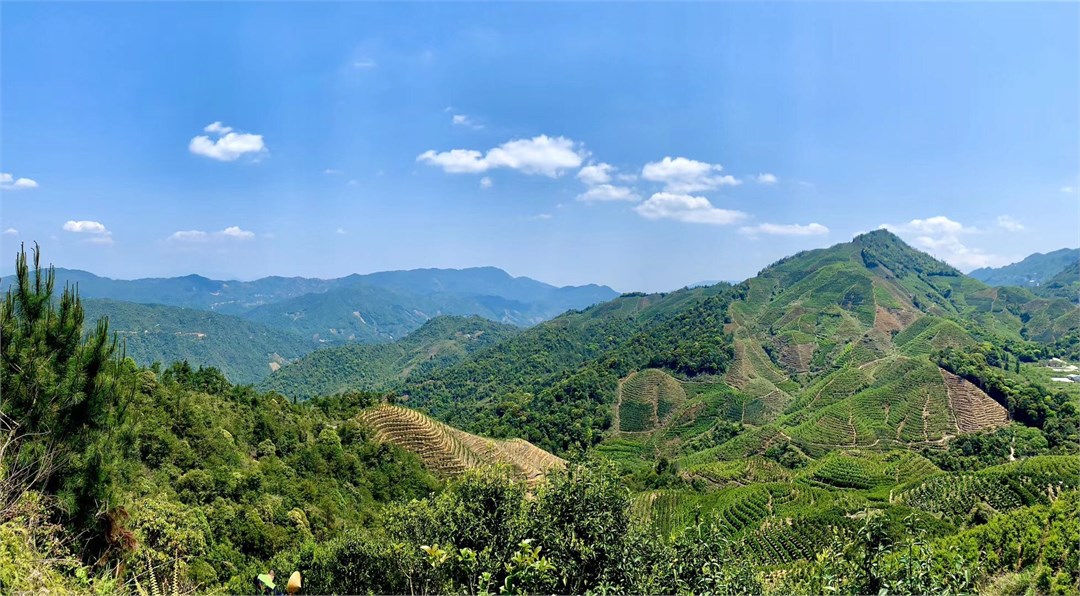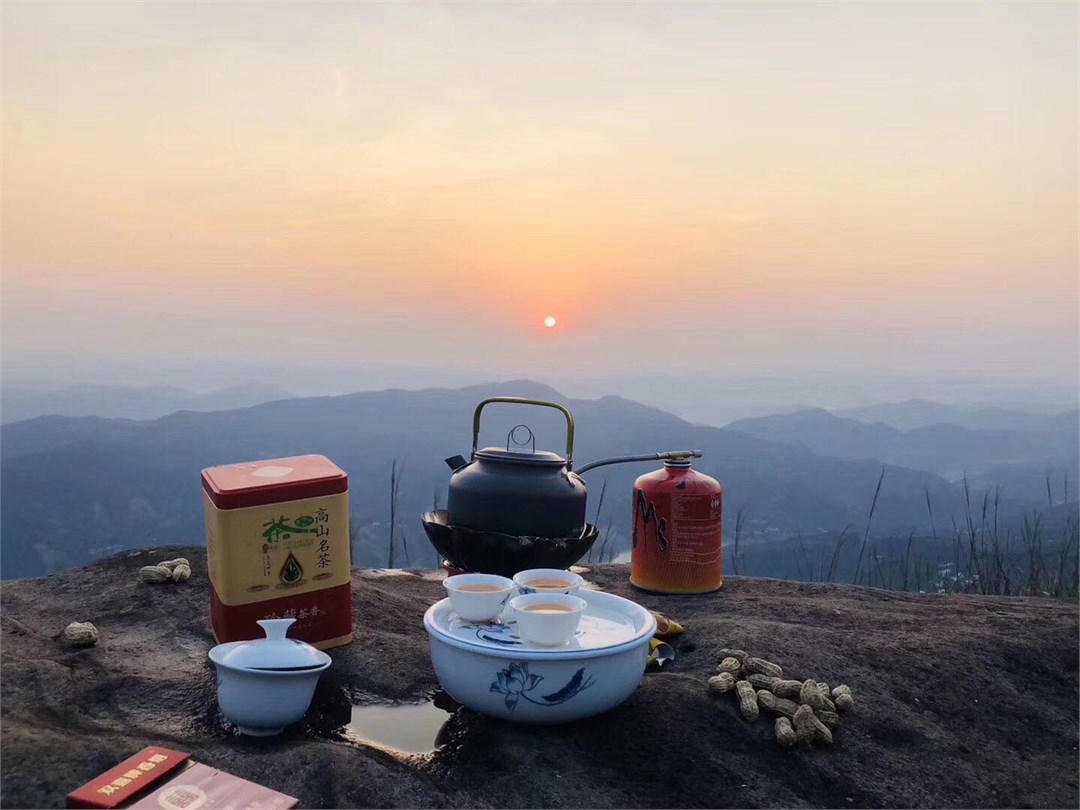Phoenix Dancong Tea is a type of oolong tea, one of the six major teas nationwide. Bred in the Phoenix mountains, the tea plants are all single truck trees as opposed to other tea bushes, yielding tea leaves with various floral aromas and good quality. The tea is named after each plant’s unique shape and origin - the word “Dancong” literally means “single stem”. A cup of Phoenix Dancong Tea made of evenly rolled tea leaves with brownish luster provides a mellow and refreshing taste and a lingering aftertaste. Fully brewed, the leaves become soft and shiny, just as much a visual delight as the golden tea with floral, fruity, honey-like and herbal aromas. Proved by the History of Chaozhou Prefecture, the cultivation of such tea dates back to more than 700 years ago; by the Hongzhi period of the Ming Dynasty, it had been exclusive for the imperial family. The Tea contains tea polyphenols, catechins, flavonoids and other substances that are healthy and medicinal. To be specific, it quenches thirst, refreshes the mind, helps with weight loss, blood lipids control, protects people from blood vessel hardening, inflammation and radiation. Moreover, the organic selenium in the tea is known to have anti-cancer potential.

As a poem goes, “I’d like to be an ordinary person who appreciates tea in Phoenix mountains, rather than an immortal who drinks alcohol under apricot blossoms,” the praise for Phoenix Dancong Tea has gone on since ancient times. On his visit to China in July, 1972, former U.S. President Nixon said it was “more powerful” than American ginseng. Ye Xuanping, former Vice Chairman of the National Committee of the Chinese People’s Political Consultative Conference, noted that he was afraid that he did not want to enjoy other teas after drinking the Phoenix Dancong. Liu Zhonghua, an academician of the Chinese Academy of Engineering, said: “I love Phoenix Dancong with the first cup, cannot help but want more after the second cup and cannot live without it after the third cup.”
Phoenix mountains have hundreds of peaks ranging from 350 to 1,498 meters in height and are surrounded by clouds and mist throughout the year. Under the humidity, a short sunshine duration, heavy clouds and rain and mild seasons, the mountains are ideal for tea cultivation. The plants can grow in all seasons without an apparent dormancy. What dominates the area is deep layers of yellow and red soils with a pH value of 4.5-6.5, an organic matter content of 3.81%-4.26% and dozens of micronutrients. Through a series of chemical reactions, such substances are metabolized and transpired to the buds and leaves through tissues, resulting in rich nitrogen metabolites. They are the source of the tea’s distinctive fragrance with a trace of the groves.

The cultivation techniques – from selecting quality varieties to asexual reproduction, from replacing old trees’ inferior parts with quality grafts to specialized planting, from proper fertilization to medical treatments for old trees – reflect tea farmers’ growing degree of expertise in planting. Usually, it takes eight steps to process the leaves, including harvesting, sun withering, indoor withering, fermentation, fixation, rolling, de-blocking and baking. Most of the time, a strain has its tailored procedures.
After years of breeding, the Phoenix Dancong family grows bigger and bigger with ten prominent fragrances – germanium, orchid, magnolia, honey-orchid, almond, ginger blossom, cinnamon, osmanthus blossom, tuberose and jasmine. The tea family has more than 200 varieties, among which two are nationally recognized cultivars, i.e., Phoenix Shuixian and Phoenix Dancong, and eight are provincially recognized. Consequently, Phoenix Dancong, the tea type with the most diverse and most natural floral scents nationwide, stands out for its aromas.

